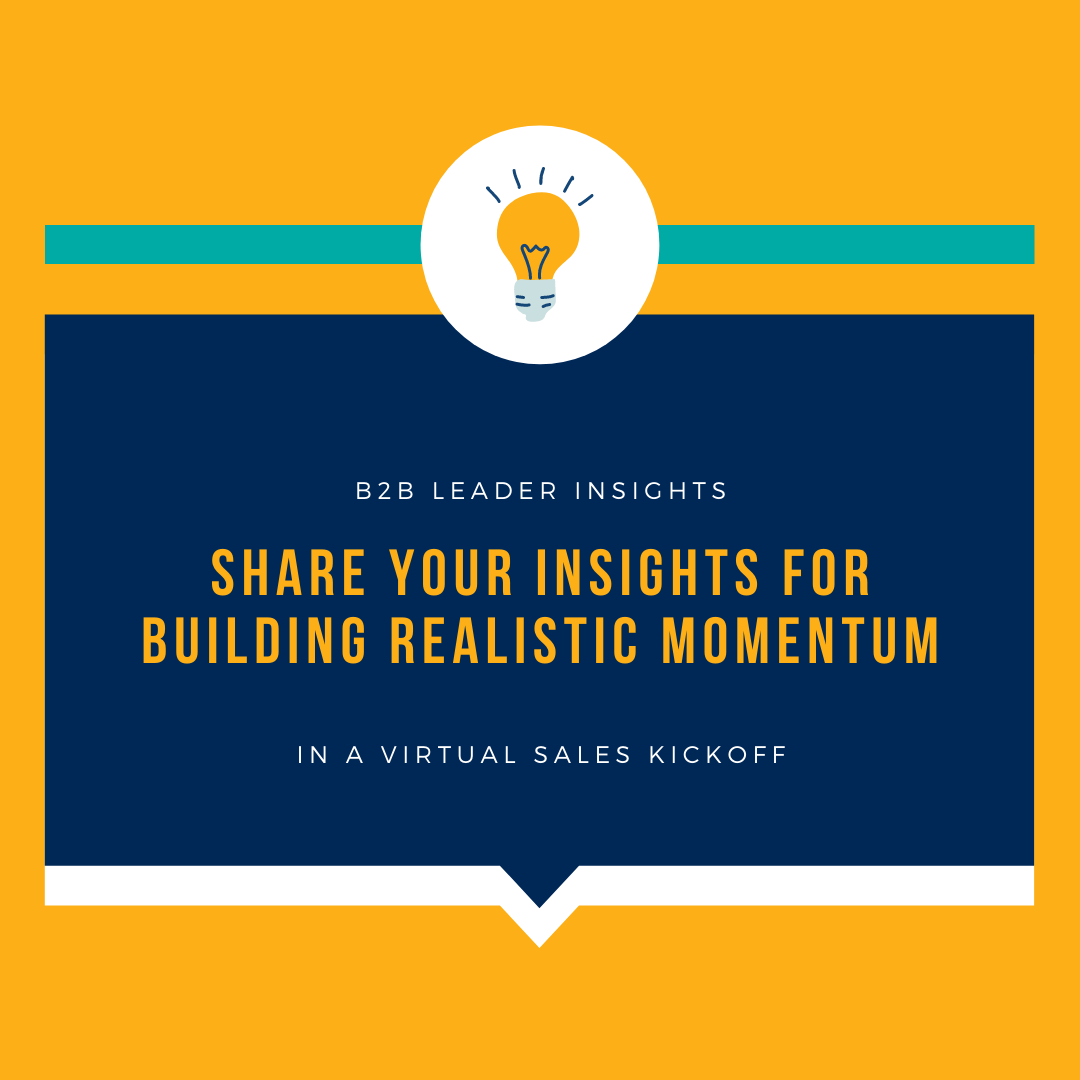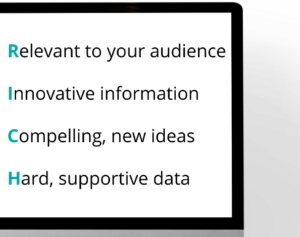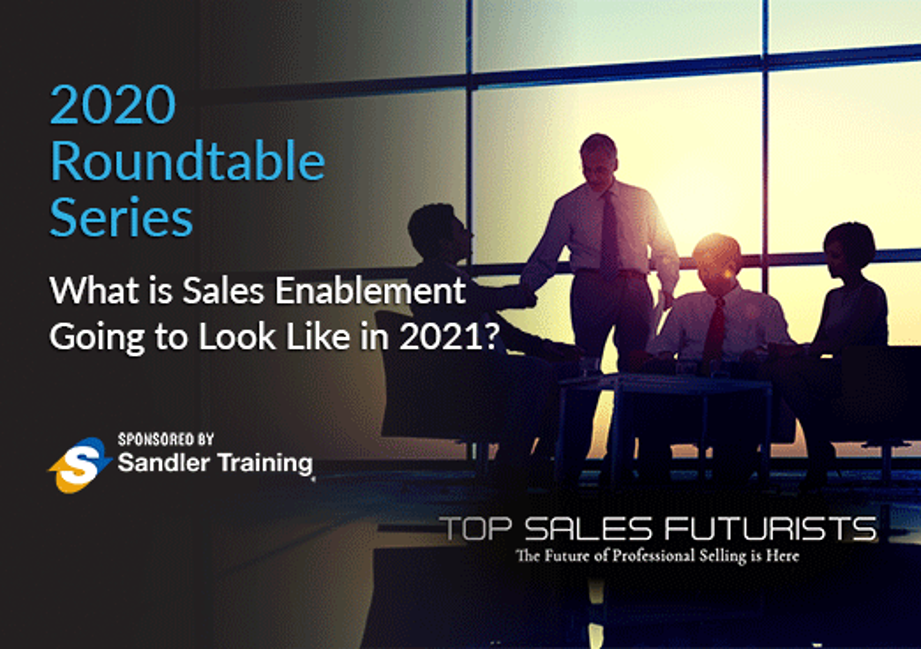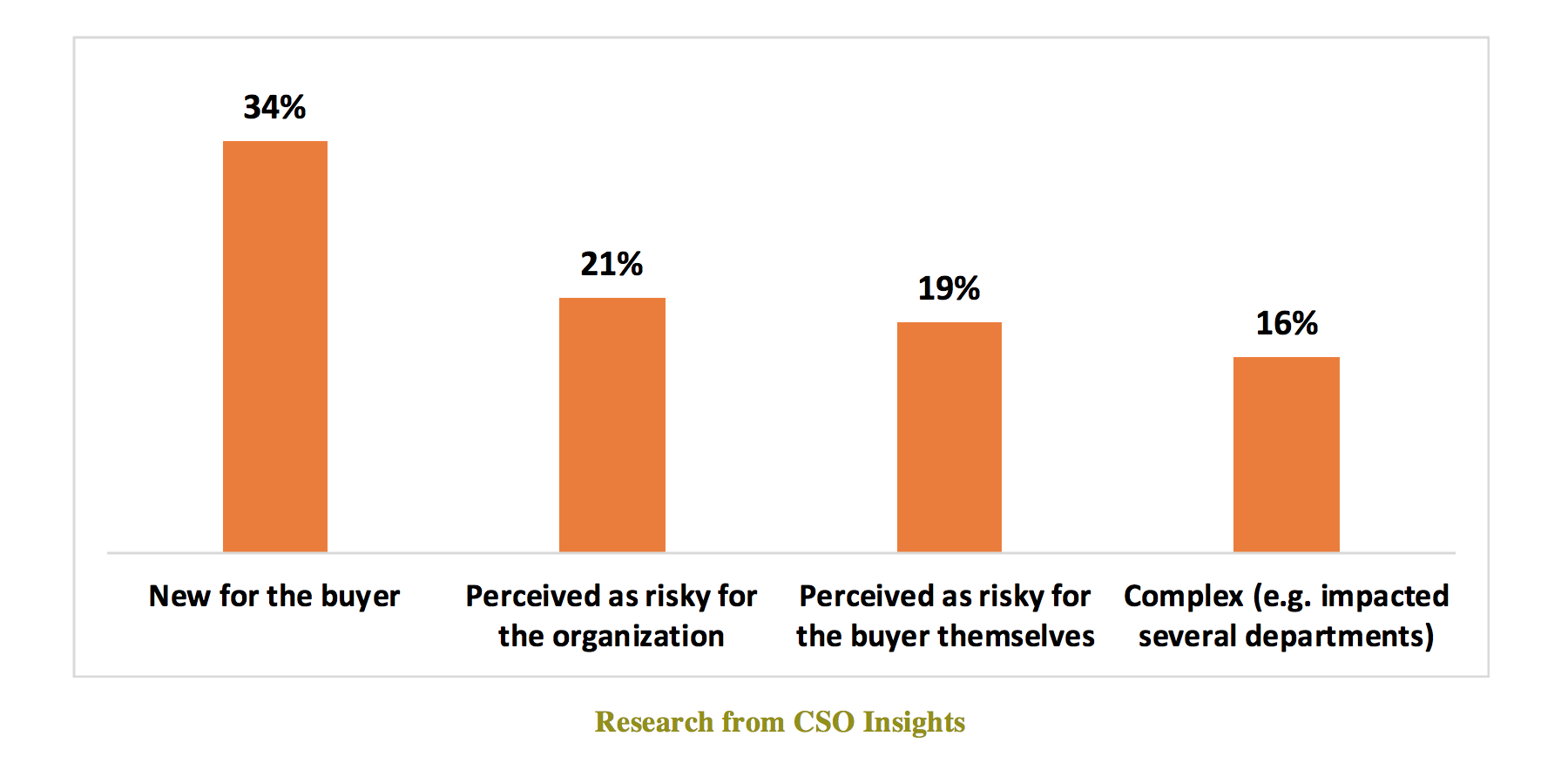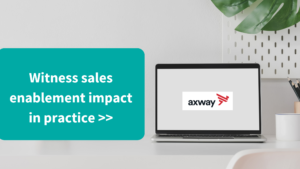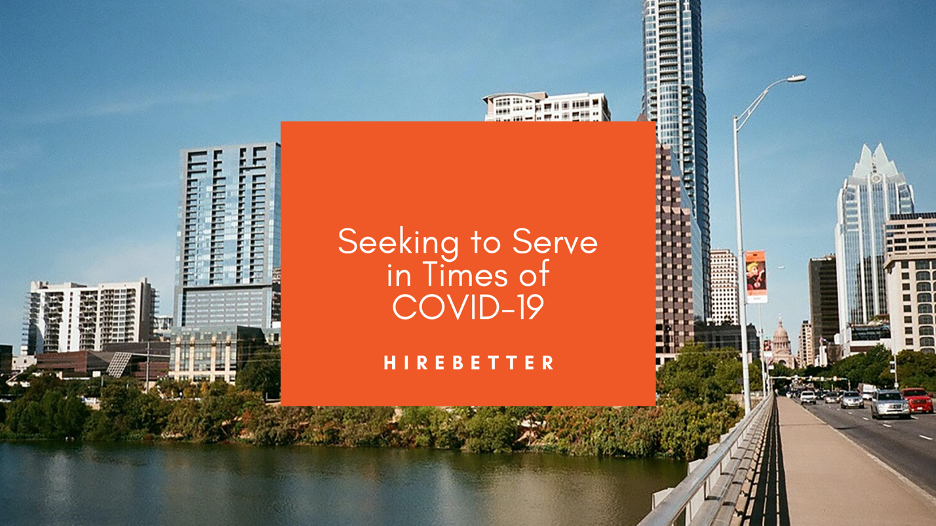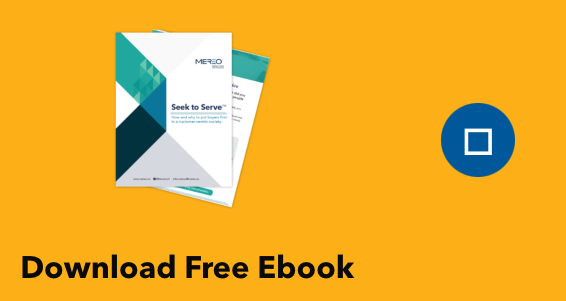Leaders in the B2B business world have turned a corner in recent weeks to see a clear reality before them: a virtual sales kickoff for 2021.
The technology aspect of pulling off a large event from team members’ respective homes may be intimidating at first, but many are already finding solutions that actually come in under budget of what the travel and event spend of previous years surpass. The real challenges your leadership team faces are much loftier than which technology platform is best.
As we already reflected in late July, a virtual sales kickoff will lack the face-to-face engagement and energy an event demands to empower and inspire your teams toward a great year of winning. And beyond that, a virtual sales kickoff must contribute to building realistic momentum after a year of disruption and struggles.
Both of these elements — energy and momentum — are vital to fulfilling the purpose of the event and will take more creativity and strategy this year than ever before. At Mereo, we have the honor to work with some of the top B2B organizations and leaders to see firsthand solutions being built around these challenges. We want to share them with you here.
Although 2020 has been marred by the pandemic, 2021 is your organization’s opportunity to turn things around and ramp up for sustainable revenue success. Make the most of it. Read on for creative strategies to infuse your virtual sales kickoff with the energy that will drive your teams’ 2021 activities and efforts!
Infuse Your SKO With Energy
-
Send your teams physical pre-event swag.
-
Plan for a “wow” factor entrance.
-
Spend more time celebrating 2020’s small wins.
-
Rollout a compelling strategy for 2021.
What Does Energy Have to Do With a Sales Kickoff Anyway?
One of the first sales kickoff events I attended was led by a fellow who enjoyed basking in the limelight. Was he mostly ego? Sure. But did he know how to deliver the right high-level energy to the event from the get-go? One hundred percent.
That first year of mine, our teams settled into the event room of the hotel and chatted while we waited for things to kick-off. I expected impassioned speeches and some fist pumps — but I was not ready for what came bursting through the airwall partition of the event room.
“Did you hear that?” we all started to ask, turning heads, as the low growl of engine shook the floor.
Moments later, we saw our event leader burst through the airwall and skid onto the stage. Our sales kickoff energy erupted as we watched in awe and then cheered at the incredulity and awesomeness of his daring stunt. And that energy remained a steady roar throughout the next two days.
Why does this matter? A key part of a successful sales kickoff is the energy of the event itself. But the virtual setting puts a screen barrier to the energy groups can generate.
How is your leadership team working to overcome these struggles? How will you invigorate your teams to hit 2021 hard with vigor and drive? What can you do to fire up your troops with inspiration and entertainment?
At Mereo, we have some strategies for your leadership to explore.
Virtual Sales Kickoffs Are Not Complete Without Some Physical Swag.
How can you break through the screen for tangible connection? Why not send your teams something meaningful and culture-building? Not only do people love receiving boxes in the mail, their brains actually react with a higher level of engagement of dopamine when opening surprises.
Swag sent a few days before an event can set the tone of the theme, can empower members with vital tools for joining in or interacting during the event, and can induce excitement for your people — who will otherwise be facing the same-old environment of their home office. Transport them with what you send in the mail. Help prepare them to transcend the screen and join you for the event with their full attention and energy committed.
Make an Entrance They Cannot Look Away From.
What entrance can build the energy your teams need — especially after 2020? With virtual presentations, your leadership is up against household and otherwise distractions you have little control over. Bursting through a screen on a motorcycle is unlikely, but from pre-recorded capabilities to engaging multimodal presentations to even technologic enhancements there are a number of ways you can get creative.
Beyond making a powerful entrance that amps up energy, think of ways you can maintain that energy throughout the event. Maybe you shorten session times to avoid zone outs. Maybe you engage more winning individuals within your organization outside of the core SKO leadership team to provide ideas and engage. But try not to put your audience in the spotlight during the event without providing advanced briefing. Symmetrics Group has found that there are a subsect of people in every organization who are not comfortable with, or appreciate of, virtual tools and settings.
Take More Time to Reflect on and Celebrate 2020’s Small Wins.
In a typical three-day sales kickoff setting, reflecting on the previous year usually accounts for less than 10% of the focus. You wrap up last year’s successes quickly and move on to focus on the here and now — and into the future.
Yet, because 2020 was such a challenge and something you and your teams overcame together, this becomes an engaging hero story that your teams can rally around with pride and, what this article is intended to help you build, energy. The wins might look differently than years’ prior. But celebrate what you can and lift up your teams and your people and the pillars of your organization you all stood on to make it through to today. Then use that buildup to propel into 2021.
Rollout a Compelling 2021 Sales Kickoff Strategy.
For many organizations, revenues suffered a downward trend in 2020 — and actually have been showing such a trend for a couple years now. Unless you manufacture and sell toilet paper, your organization likely suffered similar 2020 woes. Energy-building gimmicks aside, your people are going to be wondering: How are we going to rise up out of this? How are we going to revenue rebound? What is the strategy here?
Symmetrics Group found that when their sessions introduced new and more complex information, sellers needed more time to digest and think deeply about it, which required fewer virtual engagement tricks. This means that you do not have to pull out any fancy virtual presentation stops. Deep-dive into a solid strategy, and you will have their attention to build up their energy of determination and unified commitment to lead 2021 sustainable revenue performance.
Does your organization need help planning for a 2021 virtual sales kickoff? Contact our team of experts.
If your plans are well underway, we want to know: What efforts are you making to build realistic momentum in 2021? Share your expertise on LinkedIn or by taking the two-minute survey.
